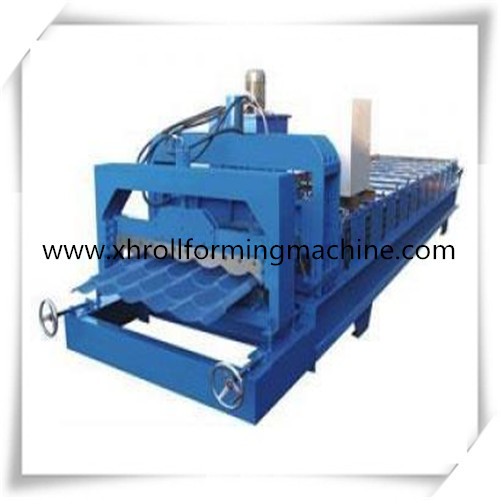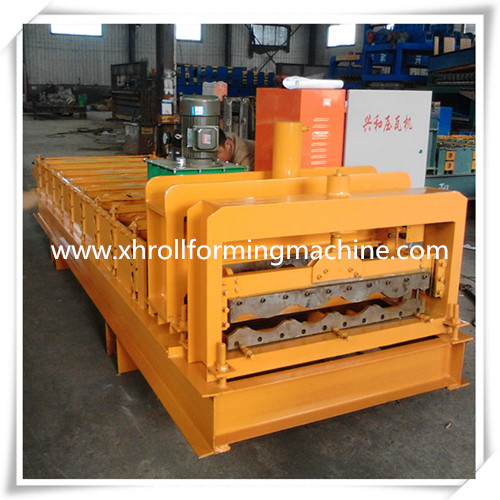Delphi Launches SCR Quantitative System First Production in 2012
Delphi Automotive recently announced that it has achieved breakthrough results in the reduction of nitrogen oxides in diesel engines and successfully launched a new selective catalytic reduction (SCR) technology. This technology not only improves the overall performance of the system, but also improves the installation and durability of the system. In addition, compared with similar systems, cars using the new technology can produce 1 gram of carbon dioxide per kilometer.
The new system injects the urea solution into the SCR with 4 times the pressure of the conventional system, further reducing the distance between the catalyst and the engine, thereby effectively solving the problems existing in many other SCR systems.
"After the European Union's regulations on carbon dioxide emissions come into effect, automakers may have to pay a high fine of up to 95 euros per car for each gram of carbon dioxide that is exceeded," said Peter Spadafora, head of Delphi's SCR system product team. "The Delphi SCR system can simultaneously reduce nitrogen oxides and carbon dioxide emissions and help our customers maximize their value."
Module architecture
The SCR system consists of three basic modules. The SCR quantitative injection module (injector with high pressure pump) is installed in the exhaust pipe in front of the SCR catalyst, and the urea solution is directly injected into the exhaust gas at a pressure of 20 bar. The urea dosing module (UDM) can input the solution from the urea tank to the ejector through the low pressure pump therein. The third largest component of the system is the electronic components and software modules used to control the quantitative subsystem.
The combination of the high pressure in the dosing device and the innovative isolation arrangement prevent the urea solution from boiling in the sparging device, allowing the nozzle head to be directly exposed to high temperature exhaust. This unique architecture can increase the urea injection energy and reduce the need for exhaust gas mixing energy. In addition, the structure also prevents carbon deposits on the urea nozzle head and ensures a stable injection performance throughout the system. With the superior performance of Delphi injection devices, exhaust system designers can place SCR catalysts closer to the engine, reducing the carbon dioxide consumption needed to heat and light the catalyst.
Other similar systems use the on-time of a urea injector to control the amount of injection, which is often affected by the supply pressure. In contrast, the Delphi system uses a positive-displacement electromagnetic pump, which can accurately and quantitatively input urea into the injection device and is not affected by the supply pressure.
“Delphi is an experienced supplier of fuel injection systems. In developing this new system, the company is able to perfectly combine its expertise in design and high-precision production,†explains Mr. Spadafora. "Delphi currently has a total of 52 SCR patents, and another 20 patents are in the process of approval."
In addition to the above advantages, the urea dosing module (UDM) can also integrate urea level sensors, permanent filtration, winter heating and thawing, and transfer pumps according to the customer's needs. The transfer pump can be easily loaded into the bottom of the tank and its sole task is to pressurize the urea solution, preventing the liquid in the transfer line from boiling.
Easy to install
The modular architecture of the main system not only simplifies the installation of the system in the car, but also brings flexibility to major automotive manufacturers. Delphi can provide quantitative injection control units, simple heating control modules or simply provide software and electronic interface technical parameters to control the quantification subsystem according to customer requirements. Delphi can also provide setup and calibration services for the quantitative subsystem if the customer needs it. At present, this technology can be applied to cars and light commercial vehicles. With the deepening of research and development work, SCR systems with higher injection volumes can be used in medium-sized and heavy-duty diesel engines.
"The diesel engine can excellently solve the problem of reducing carbon dioxide emissions. However, up to now, how to reduce nitrogen oxides and carbon dioxide emissions at the same time is still a technical problem," Mr. Spadafora concluded. "Using Delphi's high-pressure SCR quantitative injection system, automakers can ensure that their products achieve higher levels of nitrogen oxide emissions, including the European Union's EU6 regulations, the US Tier2bin5 standard, and Japan's related emissions requirements. Moreover, Delphi's SCR system also reduces CO2 emissions and helps automakers maximize the overall system cost savings."
According to plan, the first Delphi SCR system will be put into production in 2012.
Glazed tile machine equipment characteristics:
1, small size, light weight, convenient movement and transportation, small occupied space.
2, the equipment power is small, save energy, reduce production costs.
3, reduce labor, reduce labor intensity, improve work efficiency, minimize the cost of production.




Glazed Tile Roll Forming Machine
Glazed Tile Roll Forming Machine, Glazed Tile Forming Machine, Glazed Steel Tile Forming Machine
BOTOU XINGHE ROLL FORMING MACHINERY CO.,LTD , http://www.xhrollformingmachine.com